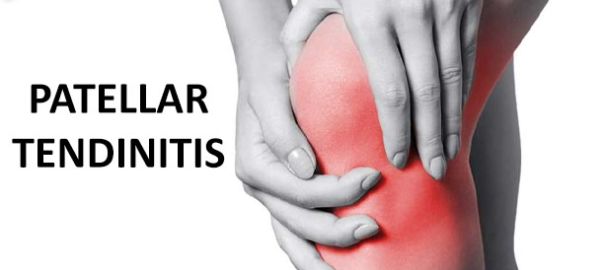What is patellar tendinitis?
One of the most common knee tendinitis or knee tendinopathies are those that result from inflammation of the patellar tendon.
The patellar tendon attaches proximally to the lower pole of the kneecap (or patella). This sesamoid bone transmits the pulling force of the quadriceps muscle, allowing mobilization of the knee joint. Distally, the tendon insertion zone is located in the region of the anterior tuberosity of the tibia.
Both insertions can be the site of inflammation and pain in the anterior (or rarely lateral) region of the knee, explains the orthopaedic in Delhi.
Causes of patellar tendinitis
Knee tendinitis is an injury that is very often associated with high-intensity sports training, especially one that requires repeated pushing movements (“jumper’s knee”).
Therefore, knee tendinitis of this type occurs mainly in sports that involve jumping (volleyball, handball, basketball, etc.).
However, knee tendinitis can also develop in occasional exercisers or in patients who do not exercise at all, says the orthopaedic in west Delhi.
Symptoms of Knee Tendonitis
The main signs and symptoms are pain in the anterior region of the knee, which worsens when jumping or running and which is sometimes accompanied by edema (swelling).
Knee pain is sometimes so intense that it can cause lameness and difficulty walking, states the orthopaedic in Dwarka.
Diagnosis of patellar tendinitis
The diagnosis of patellar tendinitis is made clinically, namely the type and location of pain, the clinical history of practice of certain modalities, as well as the analysis of auxiliary diagnostic tests such as: Knee X-Ray, Knee Ultrasound and the Magnetic Resonance Imaging (MRI) of the knee.
In case of doubt about the diagnosis or difficulties in overcoming the symptoms, you should consult your orthopaedic doctor in Delhi.
Complications in patellar tendinitis
In more severe cases of patellar tendinitis, namely those with a longer duration, the chronic inflammation can lead to progressive weakening of the tendon, with the appearance of micro-tears and eventual evolution to a complete and total tear of the patella.
Is patellar tendinitis curable?
Yes, there is a cure, the prognosis depending on a series of factors such as the time of evolution and intensity of symptoms, athlete’s biotype / weight, knee morphology, type and intensity of the sport practiced, explains the orthopaedic in Dwarka.
Age also decisively affects recovery time, being obviously shorter in younger athletes.
Find out below how to treat patellar tendinitis.
Treatment of knee tendonitis (patellar)
The treatment of all knee tendinitis in general always involves conservative measures, such as resting, applying local ice, systemic or topical anti-inflammatory drugs (or remedies).
Physiotherapy is always an essential part of this treatment, allowing to speed up recovery and rapid return to sport.
Infiltration with PRP ‘s is considered in the literature as having a local analgesic effect and improving the regeneration process.
In cases that are very resistant to these treatments and that cause great functional disability, infiltration with corticosteroids should be carried out with consideration given the increased risks of tendon rupture, especially when applied multiple times.
SURGERY FOR TENDONITIS OF THE KNEE (PATELLAR)
Surgery (or operation) for the treatment of these types of pathologies is always a last resort, says the best knee surgeon in west Delhi.
The surgical procedure consists of debridement of the degenerated tissues, opening the lower pole of the patella and, if necessary, reinserting any areas of tendon rupture, explains the best knee surgeon in west Delhi.
Due to the risks of possible complications, namely the complete rupture of the tendon, postoperative recovery must always be very cautious, respecting the healing timings of the tissues involved and under the supervision of specialist orthopaedic surgeon in Delhi and Physiatry.
Also Visit:


